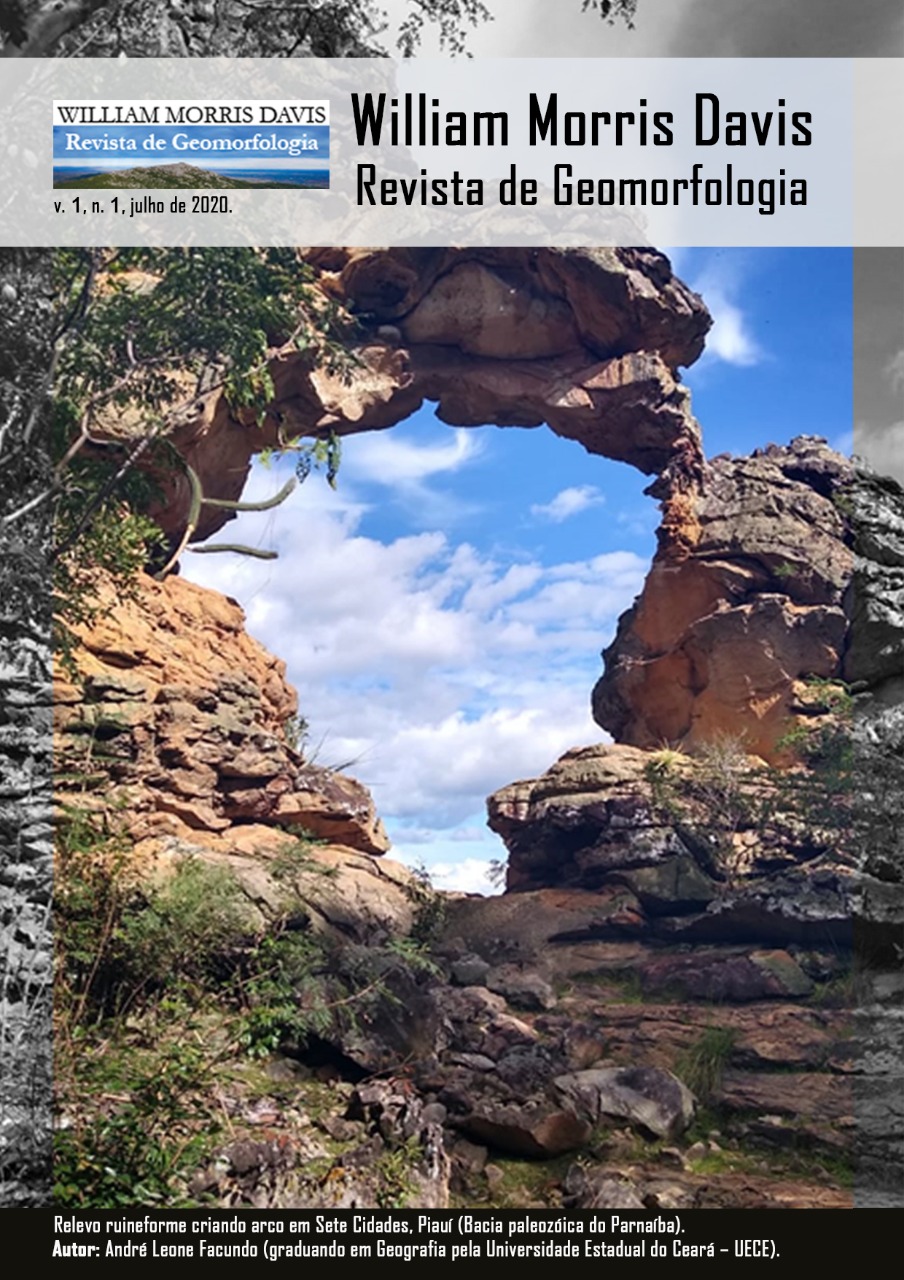HUMAN IMPACTS ON LANDSCAPES: LESSONS OF CITIES FROM THE PAST
Palavras-chave:
Geoarchaeology, City, ArchaeologyResumo
The first cities emerged in the Middle East at the end of the 4th millennium BC. Studies in the field of archaeology, geomorphology, geoscience and history allow us to understand which types of hazards were affecting the cities, and how they had an impact on landscapes in the past, in the Middle East, but also in other parts of the world. There is much to be gained: these studies are fundamental to a better understanding of present-day hazards, to urban development, but also to remembering our heritage. Cities have always been susceptible to nature`s risks and natural disasters but have also - through urban development and through the proximity of great numbers of human beings -, generated their own specific hazards.
Downloads
Publicado
Como Citar
Edição
Seção
Licença
This work is licensed under a Creative Commons Attribution 4.0 International License.
Autores que publicam nesta revista concordam com os seguintes termos:
- Autores mantém os direitos autorais e concedem a William Morris Davis o direito de primeira publicação, com o trabalho simultaneamente licenciado sob a Creative Commons Attribution License (CC-BY 4.0), que permite o compartilhamento do trabalho com reconhecimento da autoria do trabalho e publicação inicial nesta revista.
- Autores têm autorização para assumir contratos adicionais separadamente, para distribuição não-exclusiva da versão do trabalho publicada nesta revista (ex.: publicar em repositório institucional ou como capítulo de livro), com reconhecimento de autoria e publicação inicial nesta revista.
- Autores têm permissão e são estimulados a publicar e distribuir seu trabalho online (ex.: em repositórios institucionais ou na sua página pessoal) após o processo editorial, já que isso pode aumentar o impacto e a citação do trabalho publicado (Veja O Efeito do Acesso Livre).
- Autores são responsáveis pelo conteúdo constante no manuscrito publicado na revista.







